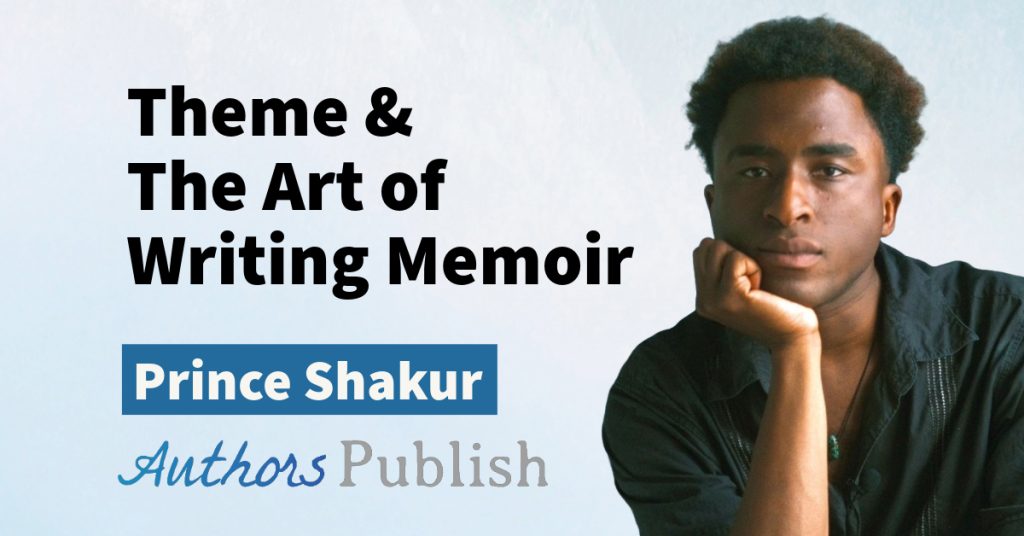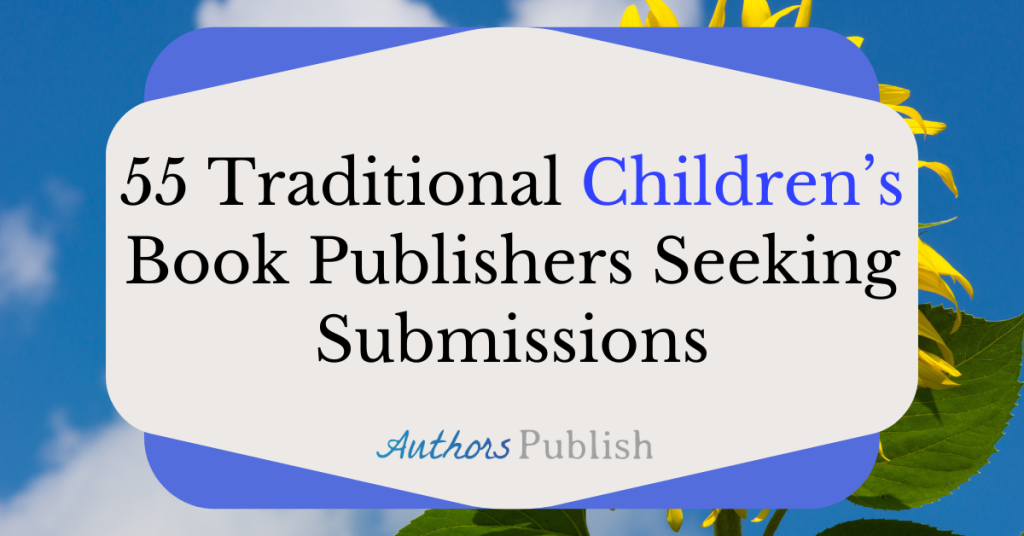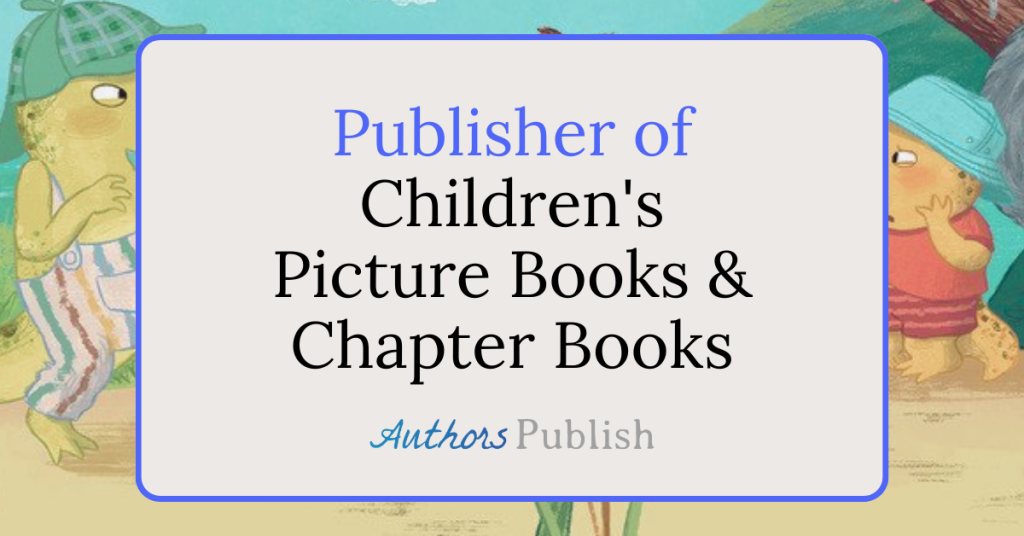Writing a book or even a story isn’t easy if you can’t explain it in a few words to your readers, your fans, your prospective publishers or editors. Writing isn’t just about being inspired by an event and describing imagined circumstances leading up to that particular point in time. Detailed planning is required. Ideally a writer should be able to answer the following question as succinctly as possible:
“What is your book about?”
My book is about a high flying PR Executive who one day decides that the corporate world is dull and mundane. She gives it all up to return to her roots and slowly embraces the Wiccan Way. Along the way she faces demons determined to stop her, nosy neighbors who are suspicious of the sudden screams whenever she is around, and a human bad-boy who wins her heart – without casting any spell.
The premise in the above example is clear: The PR Executive leaves her successful career for the unpredictable world of Wiccans. Every story requires a plan. Some writers map out the entire plan for the complete book before they even begin writing. Some choose to plan chapter one in detail, draw a rough outline of the rest of the book and then fine tune each chapter as they write. A writer may choose any method but the bottom line is that planning is crucial to achieve he ultimate goal of creating a plausible work of fiction.
HOW IS A PREMISE FORMED?
A premise springs into existence the minute the writer is inspired to write something. A common mistake amongst writers is to begin tapping away at the keyboard without any real goal in mind. However, it would be wiser to brainstorm the idea or inspiration first. A good starting point after you’ve been blessed with inspiration is to re-read your favorite novel or book. It doesn’t matter if it is a children’s book. Notice how the story flows smoothly from one word to the next. Characters transition effortlessly as they grow and develop through the pages. Aspects such as character traits, location, habits, etc. are explained so easily you don’t even notice it. And, there are no major holes in the story. These are the qualities of a good premise.
Compare your premise to your favorite novel or story and then decide if it will sustain an entire book.
UNDERSTANDING THE COMPONENTS OF A GOOD PREMISE
Experience
Readers read because they expect to experience an epic journey through the eyes of a character. For example, I read the much hyped John Green bestseller, The Fault In Our Stars expecting an extraordinary love story set against the black backdrop of cancer. The experience of reading about a young couple who ideally would have all the time in the world to be together but who are racing against the restrictions placed upon them by a terminal disease was emotional and hopeful. I was sad when the love story ended but glad one of the characters lived and happy that they both experienced their love for each other before death divided them forever.
Ask yourself the following questions:
- Does my premise guarantee the reader an unforgettable experience?
- Will the reader appreciate the experience the premise offers?
- Is the premise enough to sustain the reader’s experience throughout the book?
The right premise answers these questions for both the author and the reader, making it clear whether the story might be worth their time.
Know Your World
It doesn’t mean that writers should focus on creating grand visual experiences for readers set in the past, future or dystopian world. Get to know your world as intimately as possible. Think of the magical world JK Rowling created in the Harry Potter series. She planned every street, every alley and every brick in Hogwarts right down to the finest detail. She also wrote the Tales of Beadle the Bard, the fictional literary book referred to in the series to make the magical world appear even more real to readers. And it is through intimately knowing her world that she has managed to create Pottermore – the website dedicated to Harry Potter fanatics. Rowling managed to achieve her goals through carefully designing and getting to know her world.
Know your world too. Design a checklist if you have to. Some examples of questions that can be asked while world-building for a book are:
- In which part of the town/city/country is the story set?
- How far are the shops / schools / recreational facilities?
- Who owns the local shops?
- Where is the local fire-station, police-station and hospital?
- What are the tourist attractions in the town?
- Are there any local celebrities?
- How far is the beach / river / soccer ground?
- What is the weather like? What colors can the reader associate with the weather?
- What creatures/animals/birds frequent the area?
- How does the local enforcement work in your fictional world?
The questions are endless. Knowing the location of certain places is useful when drawing a map. The map can then be used to track characters as they move from one place to another and most importantly – it can help reduce plot holes.
Tip: Watch a few movies in the same genre as the book you intend to write. Take note of the setting and how the character interacts with the location, creatures, animals and people around him / her.
Fictional Characters Are Larger Than Life
Characters are able to express themselves in ways normal people usually wouldn’t. They speak their minds and are not afraid to dress or act as they please. The beauty of creating fictional characters is that their behavior which wouldn’t usually be acceptable or possible in the real world is plausible in the fictional setting – even if the setting is a real life place that exists. Writers should not be afraid to explore aspects such as:
What-if situations.
For example, what if I had a chance to quit my job and embrace my calling as a witch?
Or what if a woman arrived at a Halloween party dressed as Lady Godiva? How would people react to a naked woman arriving at a party with nothing but her hair covering her dignity? Would they have her arrested? What if she is an animal rights campaigner protesting against the use of fur in a recent clothing line?
Fictional characters are an extension of real life situations where they are not bound by the norms of society. In fact characters have permission to rebel against society’s conventions. Writers shouldn’t be afraid to allow their characters to fully explore every facet of their personality.
The Premise Allows the Characters to Evolve
Characters should develop fully by the end of the novel. Ideally they should grow from one chapter to the next. A character cannot suddenly decide he / she wants to change for the better. They experience inciting events that lead to the decision to change. Perhaps the characters in your book changed their outlook on life due to an inciting event. For example, the PR Executive in the example decides that she has had enough of the tough, ruthless corporate world and wants a change. She grows as a human being who wants to achieve self-actualization and also as a witch who embraces her calling while balancing other aspects of her life such as falling in love.
Know Your Characters’ Purpose
Create characters sparingly. Each character’s presence in the story must push the story forward. Meaningless interactions between characters leads to readers becoming bored thus reducing their reading experience. Question to ask yourself before creating a character is:
Why is this character important in the story?
How does this character propel the story forward?
How does this character contribute to the growth of the main characters?
It is absolutely crucial for writers to carefully analyze every aspect of their story, create detailed histories for each of their characters, and know their world and, characters’ purpose. Writers should also link the characters to each other so that their purpose in each others’ lives is known. Draw stick figures on a page that represent your characters, then link each character to each other by lines and briefly describe their connection with each other.
CONSTRUCTING A PREMISE THAT WORKS
All ideas have the potential to be turned into wonderful novels. The trick is for the writer to master the art of transferring what is on his / her mind onto a page and then into the reader’s mind. The writer’s main goal is for the reader to experience the novel in the same way he / she did while writing it. When constructing a premise, the writer should consider the following four components:
Plausibility – Is the Story Believable?
Can the story actually happen? If the answer is No, then how will the writer convince the reader that the events described in a story are probable? Writers are encouraged to continuously find new ways to tell an old story. Telling the story from a different point of view may help. Take witch stories, for example. Recent stories about witches don’t portray them as hook-nosed and dressed in black cloaks and matching hats. Instead, witches – like vampires – received a sexy makeover in recent times. They’re beautiful, intelligent and often working to earn a living in the modern world. But exactly how do they balance magic in the modern world? And how do they explain their demon fights? How do they explain the unusual occurrence’s in their lives to those around them? Perhaps the witch casts a spell to make the unusual occurrence appear as a dream to the other characters around them. Questioning the character’s existence in a fictional world is often difficult. However ironing out difficulties early on helps the writer create a plausible story.
Conflict, tension and Emotional Clashes
Characters, like human-beings, experience a range of emotions throughout their fictional life. Anger, love, joy and, sadness are an integral component of a character. They are not one-dimensional. Their relationships with other characters in the story should be peppered with disagreements, making up, breaking down, etc. think of your own real-world relationships – none of them have ever been smooth sailing. Similarly, characters should not have easy relationships or be unemotional. What would be the point of reading their story when there is nothing for the reader to experience? Characters are just as susceptible to conflict, tension and emotional clashes as we are.
Uniqueness – is the story an original or a rip-off?
Uniqueness is closely linked to plausibility. Almost all of the plots used in stories have been recycled from one generation of writers to the next. The challenge is for the writer to conjure a fresh new angle to telling the story. Take a vampire story for example. The main character is part human and part vampire. How does he / she find their feet between the worlds? Does sunlight still kill such a character? Does he / she eat normal food or crave blood as well. Its angles such as this that make a story appear unique. Create unforgettable characters that readers will think about for years to come.
Plots and premises can be recycled but plagiarism is a crime! Be careful not to copy another author as it will result in a lawsuit.
Emotional – Does the story touch or influence the reader emotionally?
Emotion should be added into a story in such a way that the reader actually cringes when the character does something disgusting. Or make the reader wish he / she were a part of a romance as epic as the one in Nicholas Spark’s The Notebook. Romance novels capitalize on emotion. In fact most fans of romance fiction read such stories for the sheer joy of reading about an emotional experience. Publishers of romance fiction even state that the “emotional journey is crucial” for a romance novel to succeed. Be generous with emotion in your story – but be careful not to make your character too weepy or too emotional.
DESIGNING A BELIEVABLE AND PLAUSIBLE PREMISE
Writers often place too much faith in their ideas or source of inspiration. The first step after inspiration is to plan the story out then research the premise until all the possible plot-hole questions can be answered. It is a good idea to take the original source of inspiration and layer it until it reads plausibly. Let us look at the following example.
Inspiration: Unlikely candidate wants to run for Mayor and make a difference in a crime riddled hometown.
On the surface there is nothing rarely special about the idea. Anybody can run for Mayor and claim to want to make a difference. Let us add a layer to the character. The main character is a woman.
Women running for the Mayoral position isn’t as rare as it once was. Let’s say she was a victim of the crime in her hometown – her husband and her two children were brutally murdered during a robbery. She is truly alone and instead of giving in to devastation she decides she wants to make a difference by erasing crime from her hometown.
Our premise is starting to look a little better. Let’s add another layer to the character – she is a woman of color and constantly fights against the stereotypes associated with her race. This certainly makes our story more interesting. Our main character will face constant obstacles as she works towards her goal of cleaning up her town as the election race heats up. How does she clean up the town? Do the police help her? Does she form a renegade group? Or perhaps she starts her own security company made up of willing volunteers from the community. And how does she still find the time to campaign for the elections? Perhaps she finds a second chance at love too amidst the sudden chaotic turn her life has taken. What is the turning point in the premise? Does a major chain store get robbed the night before the final election showdown to prove that her efforts to clean up the town have all been in vain? Perhaps the other Mayoral candidate sets up a huge robbery and murder to boot and frames our main character? Will the trauma of losing her family finally reveal itself and cripple our main character? What if she can no longer fight? What if she gives up the fight? What happens next?
We can see from the above example how an ordinary source of inspiration turned into a plausible premise through layering each part of the story. Ask yourself if such a story could really occur in the real world. It is possible. The idea isn’t far-fetched. We’ve taken a few common occurrences, thrown them together into the grand melting pot of ideas and carefully stirred them and tested the end result.
It is important to question the characters’ intentions every step of the way. Don’t be afraid to test your characters’ strengths, abilities and endurance when designing your premise.
POINTS TO REMEMBER
- Inspiration leads to the premise.
- Layer your premise until it becomes an original and promising story.
- Fictional characters are also emotional beings.
- Ask what-if questions throughout the planning of your story to ensure that it remains plausible.
- Brainstorm every premise until all plot-holes are covered with layers that ensures the reader enjoys his / her reading experience.
Good luck building a best-selling premise!






